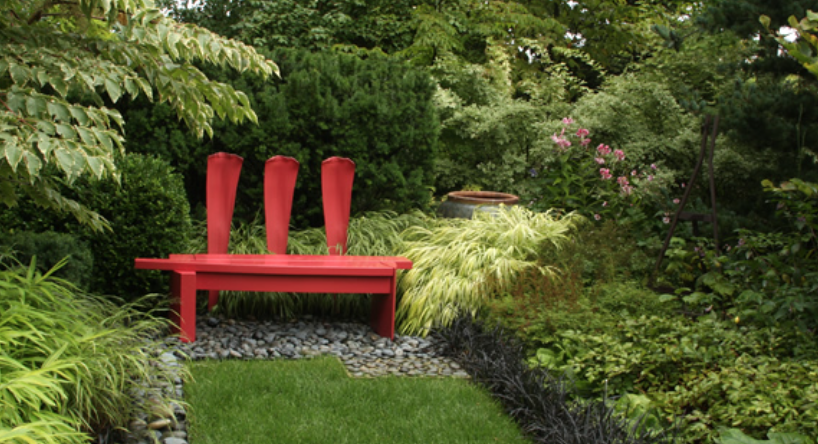The Art of Garden Photography: Tips and Techniques

Gardens are enchanting havens bursting with color, texture, and life—a paradise for photographers seeking to capture nature’s beauty through their lens. If you’re passionate about both gardening and photography, combining these two interests can lead to stunning results. In this blog post, we’ll explore the art of garden photography, offering practical tips and techniques to help you elevate your garden photography skills.
Understanding lighting
Lighting is one of the most critical aspects of garden photography. The quality of light can dramatically affect the mood and atmosphere of your photographs. Aim to shoot during the golden hours—early morning and late afternoon—when the light is soft, warm, and casts long shadows, enhancing the textures and colors of your subjects. Avoid harsh midday sunlight, which can create harsh shadows and overexposed areas.
Mastering Composition
Composition is the backbone of compelling photography, including garden photography. Instead of placing your subject dead center, embrace the rule of thirds to create a more dynamic and visually appealing composition. Imagine dividing your frame into a grid of nine equal parts with two horizontal and two vertical lines. Place key elements—such as a striking flower, a winding pathway, or a focal point like a bench or statue—along these lines or at their intersections. This technique adds balance and interest to your images, drawing the viewer’s eye into the scene and creating a sense of depth. Experiment with different angles and perspectives to find the most compelling composition for each garden setting.
Composition
Gardens are enchanting havens bursting with color, texture, and life—a paradise for photographers seeking to capture nature’s beauty through their lens. If you’re passionate about both gardening and photography, combining these two interests can lead to stunning results. In this blog post, we’ll explore the art of garden photography, offering practical tips and techniques to help you elevate your garden photography skills.
Depth of Field
Manipulating depth of field is a powerful technique in garden photography that can add depth and dimension to your images. Use a wide aperture (a low f-number, such as f/2.8 or f/4) to create a shallow depth of field. This blurs the background, drawing attention to your main subject and isolating it from distracting elements in the scene. A shallow depth of field can be particularly effective when photographing individual flowers or plants, emphasizing their beauty while softening the background into a pleasing, dreamy blur. Experiment with different apertures to achieve the desired effect, keeping in mind that a shallower depth of field works best when you want to emphasize a specific subject within the garden landscape.
Gardens are treasure troves of intricate details and textures waiting to be discovered and captured. Get up close and personal with your subjects by using a macro lens or the macro mode on your camera. This allows you to explore the fascinating world of flowers, leaves, and insects, revealing their unique patterns, shapes, and textures. Fill the frame with your subject to create impactful compositions that highlight the finer details of nature. Pay attention to contrasts in textures—such as the smoothness of petals against the roughness of tree bark or the delicacy of a butterfly’s wings against a leafy backdrop. By focusing on details, you can create compelling images that invite viewers to appreciate the intricacies of the garden.
Utilizing Leading Lines and Patterns
Incorporating leading lines and patterns into your garden compositions can enhance visual interest and guide the viewer’s eye through the photograph. Look for natural pathways, fences, or rows of plants that create linear elements within the garden. Position these lines strategically within your frame to lead the viewer’s gaze towards the main subject or focal point. Leading lines can add a sense of movement and direction to your photographs, creating a dynamic and engaging composition. Additionally, explore repeating patterns and textures—such as the symmetrical arrangement of flowers or the rhythmic lines of a neatly trimmed hedge—that add visual rhythm and harmony to your images. Experiment with different perspectives and angles to make the most of these compositional elements, emphasizing the unique geometry and structure of the garden landscape.
Movement
Capture the dynamic nature of gardens by incorporating movement into your photographs. Experiment with slightly slower shutter speeds to create motion blur, particularly when photographing swaying flowers, fluttering butterflies, or flowing water features. This technique adds a sense of liveliness and spontaneity to your garden images, conveying the ever-changing nature of the garden landscape. To achieve optimal results, use a tripod to stabilize your camera and experiment with different shutter speeds to capture the desired amount of motion blur. By embracing movement, you can infuse your garden photographs with a sense of narrative and excitement, transporting viewers into the heart of the garden.
Mindful Editing
Post-processing is a valuable tool for enhancing your garden photographs and bringing out their full potential. However, it’s essential to approach editing with a light touch, aiming to preserve the natural beauty and integrity of the garden scene. Use editing software to fine-tune exposure, contrast, and color balance, enhancing the visual impact of your photographs while maintaining a natural and authentic look. Avoid excessive manipulation or over-editing, as this can detract from the inherent beauty of the garden. Strive to create images that evoke the same sense of wonder and enchantment that you experienced while exploring the garden, allowing viewers to connect with nature through your photography.
In conclusion, garden photography is a deeply rewarding and creative pursuit that allows you to capture the timeless beauty and enchantment of nature. By applying these tips and techniques, you can elevate your garden photography skills and create stunning images that celebrate the intricate details, textures, and colors of the garden landscape. Embrace creativity, explore different approaches, and most importantly, enjoy the process of capturing the magic of gardens through your lens. Happy shooting!